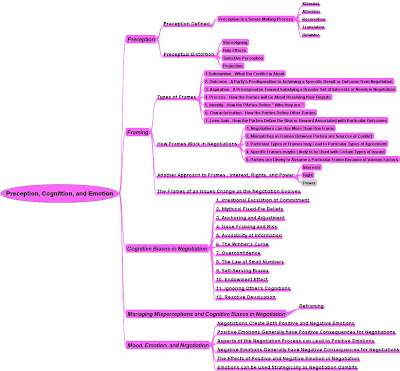
Summary
In this chapter I lhad earned to do as the following:
- develop an external relations strategy
- build and maintain a positive corporate image
- work with the news media
- handle crisis communications
This chapter talked about how to do developing an external relations strategy. Leading through effective external relations points out that a positive public image or reputation affects a company’s ability to achieve success. It provides approaches to projects a positive image in public from four aspects.
However, the focus of this chapter is primarily on the activities usually considered public relations, including press and media management, philanthropic activities, community involvement, investor relations and external publications.
Here are guidelines will help company to respond appropriately.1. Develop a general crisis communication plan and communicate it2. Once the crisis occurs, respond quickly,3. Make sure you have the right people ready to respond and that they all respond with the same message4. Put yourself in the shoes of your audience5. Do not overlook the value of the web6. Revisit your crisis communication plan frequently7. Build in a way to monitor the coverage8. Perform a postcrisis evaluation







